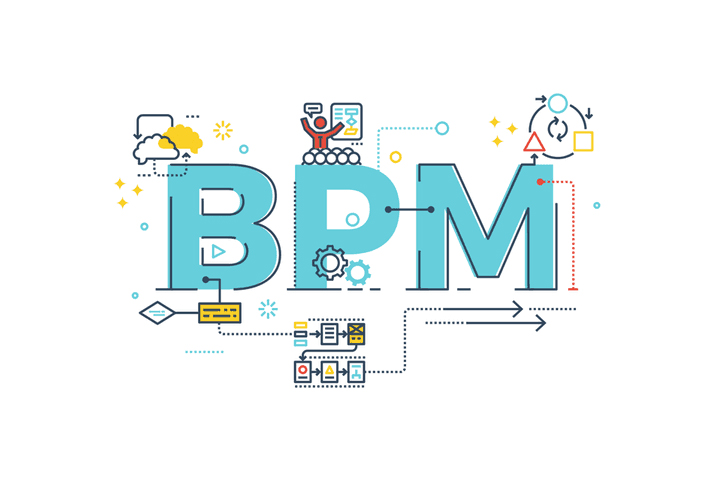There is a very important lesson that business owners must learn from Steve Jobs’ successful reunion with Apple. After being unceremoniously ousted from his own company in 1985, Steve Jobs’ return to Apple in 1996 was seen as the last throw of the dice to save the sinking ship.
Steve’s Mantra for the Turnaround
Between 1985 and 1996, Apple was catering to multiple consumer electronics segments. During these 10 years, it was making everything it could, including fax machines, modems, printers, and message pads. As Steve Jobs put it,” We were doing too many things too fast.”. So what did Steve Jobs do to trigger a turnaround?
A few years later, Steve Jobs revealed the first thing that he did was to put all the projects that they were working on hold and identify projects that people would love to use. And with this ‘technology for people’ mantra, Apple went on to redefine the way people use technology.
BPM for People
In the same lines, BPM solutions must be designed, keeping in mind people who are going to use it. Experts say that adoption is one of the primary reasons why most BPM solutions fail. But considering the complex business processes and workflows, how do you design a BPM solution which is simple, elegant, purposeful, and yet employee-friendly? We will answer all this and more in this blog. Keep reading
What Makes a Powerful BPM Solution?

Every business has its own set of processes and workflows. Business Process Management or BPM is a software that helps automate and optimize existing business processes and workflows for greater collaboration. A powerful BPM solution must:
- Make the business processes and workflows simple.
- Increase engagement and collaborations
- Be easy to adopt.
What exactly is a Business Process, and why do we need to optimize it?
Business processes are activities that bring together multiple people and resources in an organization to create value in the business workings. Every business has numerous activities that involve either single teams or multiple departments, including HR, Finance, and Operations. Hence, a robust BPM solution guarantees that these activities are well optimized, easy to manage, and add value to overall business goals.
How to Create an Optimum BPM Solution for Your Business?
To create an optimum BPM solution that your employees love, you should first and foremost ensure that all stakeholders are part of the process. Remember, creating BPM solutions is easy, but creating BPM solutions that your employees would love is tricky. Keep these points in mind when you are either building a BPM solution in-house or hiring a third party to do the work for you.
1. Simple is Always Better

An ideal business process map must not exceed beyond 9 and 12 decision points. Sometimes due to, overlapping decision points, business processes become hard to understand. This impacts usability and adoption. A general rule of thumb is to first focus on task and activities which are executed most of the time. Group them according to priority levels and then move on to exceptions.
2. Use Action Words
Label all important activities with action verbs that best describe their use and application. This will make the solution more user-friendly and adaptable. Further, add short descriptions against each action word for every activity.
3. Add Related Media
No rule says that a BPM solution has to be all text and action buttons. Use relevant images, illustrations, and graphs to bring processes to life. Further, make sure to add guides and policy documents so that users can refer to it in case of doubt.
4. Keep Room for Improvement
Tailoring the best BPM solution is not a static but a continuous process. BPM solutions and wine have one very important thing in common i.e., they both get better with time. Business activities and workflows change with time. A BPM framework that facilitates easy updates increases engagement and drives ROI.
Questions Every Business Must Ask
BPM promises greater efficiency, but it is equally essential that businesses ask themselves the following set of questions to prevent discrepancies in the future.
- Does the solution align with business goals and objectives?
- Is the workforce onboard with the change?
- Is it simple and intuitive?
If implemented with proper strategy and planning, BPM solutions can substantially ease an organization’s digital transformation journey. But traditional BPM solutions/software are hefty, costly, and not tailored to meet all business goals and objectives. At PSI, we offer cost-effective and business-specific business process automation solutions. Our expert consultants do an in-depth study of every aspect of the business process and workflow to design a solution that is easy to use, efficient, and enriches customer experience. Please visit our BPM service page to know more.









